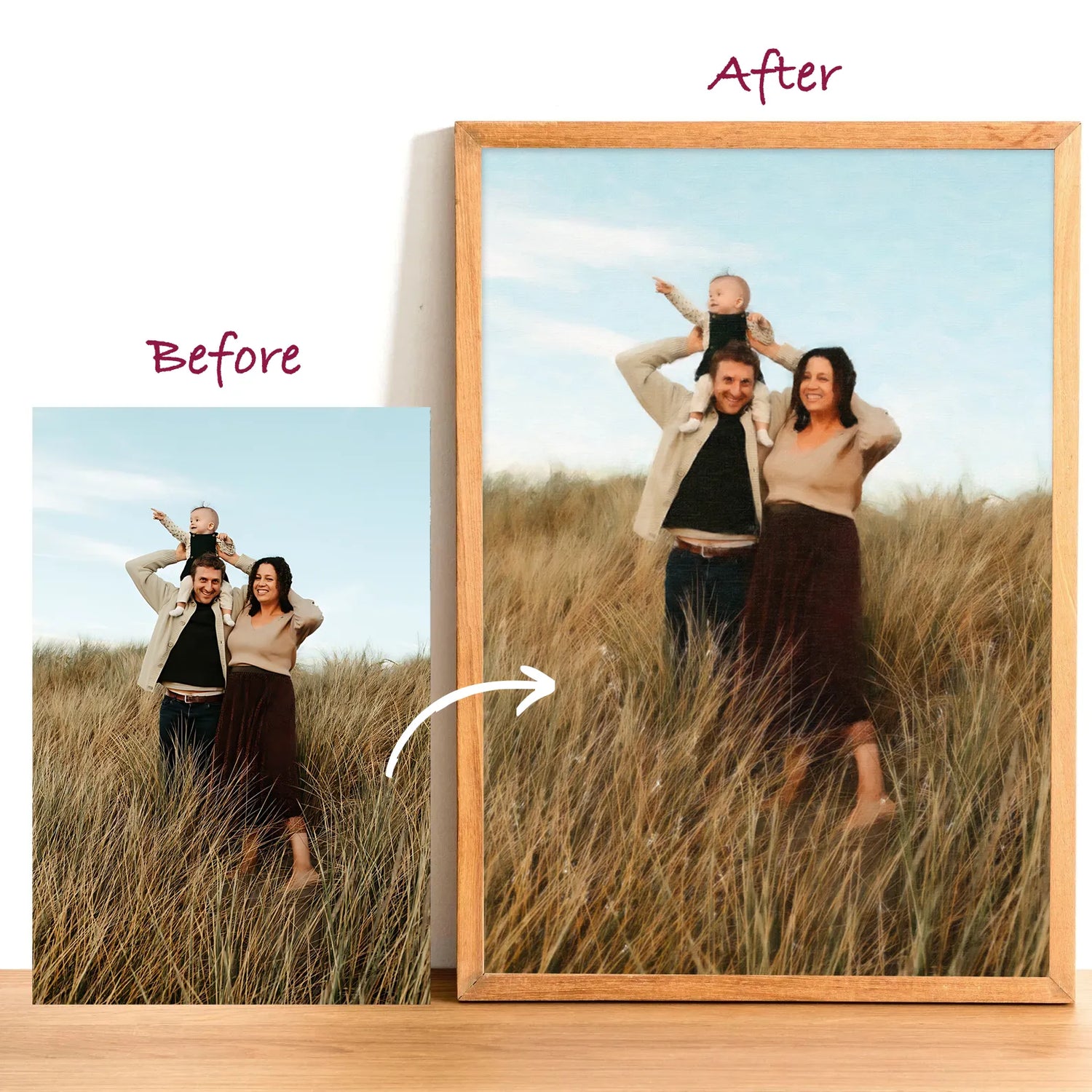How to Create a Gradient Effect in Paint by Numbers
Wish your paint by numbers kit looked a touch more like a professional painting? The gradient effect is your secret weapon. With a few easy tweaks, you can create beautifully smooth transitions between colors, adding depth and sophistication to your finished masterpiece.
What Is a Gradient Effect?
A gradient effect refers to a soft, seamless transition between two or more colors or shades. In traditional art, gradients help make shadows, sunsets, and even skin tones appear realistic. Adding gradients to paint by numbers takes your artwork from simple color blocks to a polished, blended look.

Why Add a Gradient Effect to Paint by Numbers?
Painting by numbers is beloved for its relaxing, foolproof process. But sometimes, the numbered areas look too rigid, with hard lines separating each color. Introducing the gradient effect gives your painting a custom feel. Benefits include:
- More lifelike shadows, skies, and figures
- A hand-painted, artist-quality finish
- Improved control over subtle color changes
- A greater sense of creative satisfaction
Supplies for Gradient Techniques
You don’t need fancy materials to create gradients—just a few basics from your kit and some extras most crafters already have:
- Nylon or synthetic paintbrushes in small and medium sizes
- A flat mixing dish or palette
- Clean water
- Paper towels or rags for blending and cleaning brushes
For advanced blending, consider picking up:
- A dry blending brush or makeup brush for softening edges
- Glazing medium (optional for easier blending with acrylics)

Step-By-Step: Creating a Gradient Effect
Adding gradient effects to paint by numbers projects can take a bit more time, but the results are well worth it.
1. Identify Where to Use Gradients
Look for areas in your design where natural transitions occur: skies, water, backgrounds, flower petals, or even the curves of faces. These sections benefit most from smooth color shifts.
2. Prepare and Mix Your Colors
Decide which colors you want to blend. Pour small amounts onto your palette, then mix intermediary shades. For example, if moving from blue to white, pre-mix two or three pale blue shades to use between the darkest and lightest tones.
3. Wet the Area and Your Brush
Slightly dampen your brush with clean water. For acrylic paints (the typical kit choice), this helps the colors blend more smoothly. Avoid soaking the brush; just enough moisture creates a softer effect.
4. Layer and Blend Paint
Start at one side of the area with the darkest color. Paint one-third of the section, using gentle, even strokes. Then, immediately switch to your intermediary shade while the first is still damp, lightly overlapping where the two meet. Gently blend with small sideways motions. Finish the last third with the lightest color, repeating the blending process at each boundary. Work quickly, because acrylics dry fast.
5. Feather the Edges
Use a clean, dry brush (or even your finger for small areas) to blur the transitions even further. Lightly drag the brush along the boundary where two shades meet, lifting as you move to avoid harsh lines.
6. Adjust and Refine
Let the section dry fully. If needed, reapply or blend more paint where lines still seem obvious. Patience pays off as you gradually build up a convincing gradient effect.
Tips for Perfect Paint by Numbers Gradients
- Always work from dark to light or light to dark for most natural blends.
- Small, overlapping strokes help merge colors smoothly.
- If your paint dries too fast, add a little acrylic glazing medium to extend blending time.
- Practice your gradient technique on scrap paper from your kit before working on the artwork.
- Don’t worry if your first tries aren’t perfect—gradients improve with a bit of practice.

Troubleshooting: Common Gradient Mistakes
Everyone hits some bumps when learning to blend colors. Watch for these issues:
- Streaky Transitions: Too little paint or dry brushes can leave streaks. Load your brush sufficiently and blend while wet.
- Obvious Lines: If two colors aren’t merging, use a damp, clean brush to gently blur.
- Muddy Colors: Over-blending or mixing complementary colors can make a murky shade. Use fresh brushes and clean water between different shades.
Expanding Your Gradient Effect Skills
As your confidence grows, experiment with more elaborate gradient effects in your paint by numbers projects:
- Try radial gradients for glowing stars or light sources.
- Fade backgrounds for dramatic focal points.
- Incorporate gradients into clothing, hair, or animal fur for rich texture.
The gradient effect opens up creative possibilities well beyond what’s pre-printed in the kit. Each painting becomes uniquely yours.
Conclusion
Adding a gradient effect to your paint by numbers transforms ordinary coloring into stunning artwork. With a little practice, your paintings will look more vibrant and professional. Challenge yourself to blend colors—your next masterpiece awaits!


